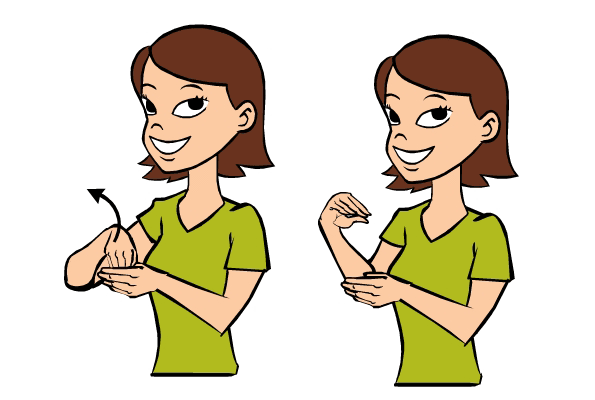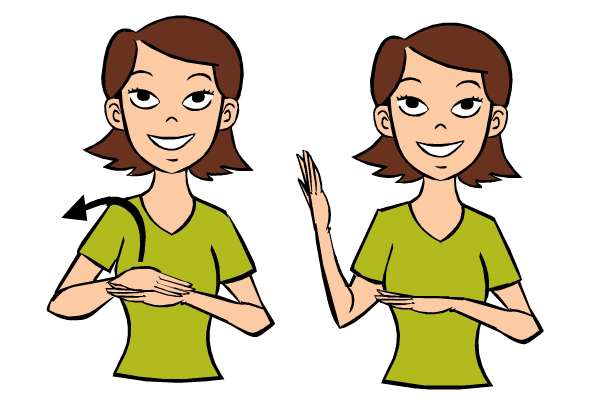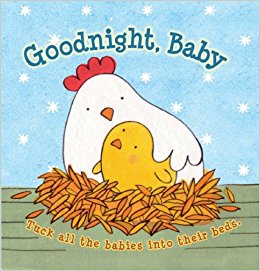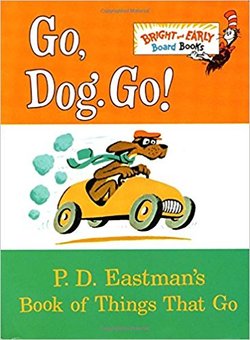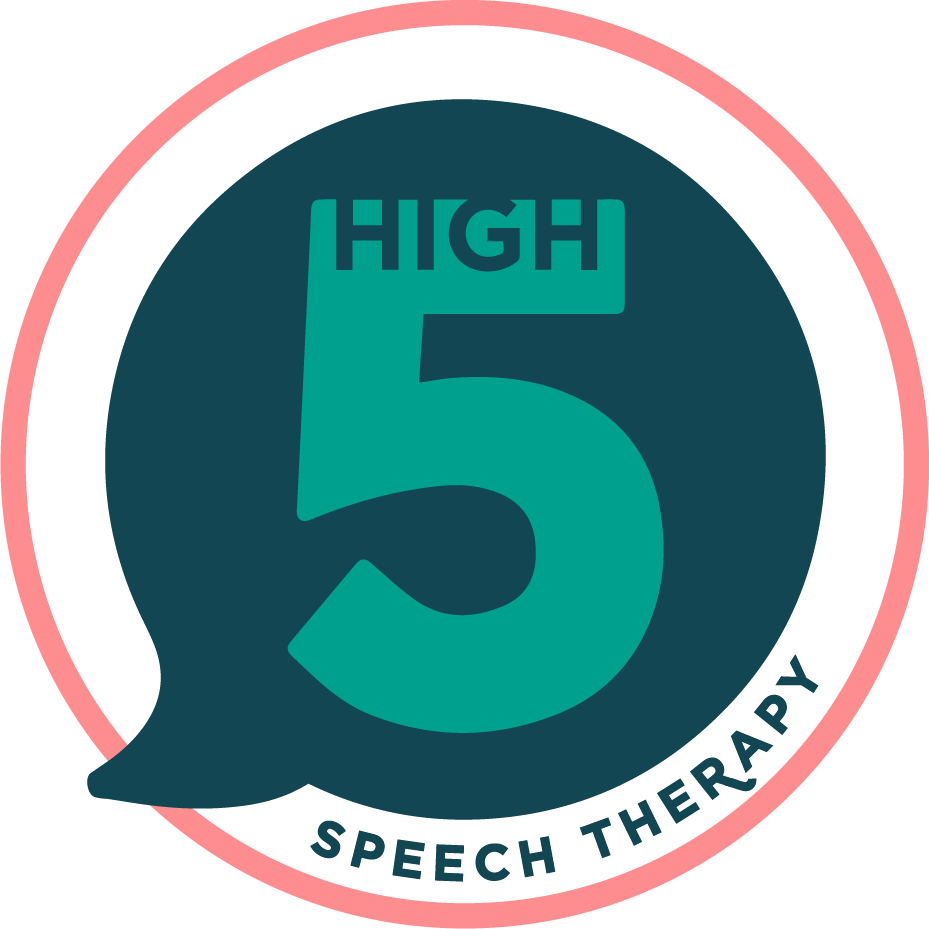Fun foundations class: in + Out
September 6 + 11, 2017
April 12-16, 2018
April 12-16, 2018
Why practice IN and OUT?
Prepositions are important for both expressive language and receptive language skills
When are the prepositions IN and OUT used by children?
The signs for IN and OUT:
Prepositions are important for both expressive language and receptive language skills
- Expressive Language Skills: we need prepositions to help build 2-3 word phrases!
- In English, many first words are nouns – we need to add prepositions and action words to vocabularies to increase sentence length because you don’t generally combine 2 nouns unless you're making a list
- Receptive Language Skills: prepositions are very important for following directions
- Cleaning up: "put ball in basket"
- Getting dressed: "take arm in/out of coat", "foot in/out of shoe"
- Playtime: "put puzzle piece in/out"
When are the prepositions IN and OUT used by children?
- Between 12-24 months, children start understanding very simple spatial directions with IN and ON – most children understand IN by 2 years
- Between 2-3 years, children understand OUT OF
- IN is usually one of first prepositions to be used, 27-30 months
The signs for IN and OUT:
- These signs can help differentiate between IN/ON vs OUT/OFF
- If it’s a container it goes IN or OUT
- If it’s a surface, it goes ON or OFF
|
Sign for IN: The generic sign for IN is signed by making your non-dominant hand into a cup shape. Then hold you dominant hand with fingers touching, and place them inside the cup.
Sign for OUT: The generic sign for OUT begins by making you non-dominant hand into a cup. Then start with your dominant hand, fingers touching and inside the cup. Make the sign by moving your dominant hand fingers from the starting position outside the cup. |
Sign for ON: To sign ON, you are showing something flat being placed on a surface. Start with your non-dominant hand horizontal and your dominant hand at a right angle above. Lower the dominant hand so that it becomes flat on top of the weak hand.
Sign for OFF: To sign OFF, you are showing something flat being pulled off of a surface. Hold your non-dominant hand horizontal with your palm down. Put your dominant hand on top of your weak hand, and tilt it up so that it goes from being horizontal to vertical. Bend your second hand at a right angle. |
skills + strategies discussed in class
Narrating: Narrating (or broadcasting) is talking about what is happening while it is happening
- 2 types:
- Self-talk
- Parallel talk
- Self-Talk: use short sentences to talk about or describe what you are seeing, hearing or doing with your child - without expecting the child to respond.
- Examples:
- “I am making cookies! I am putting the chocolate chips in the batter! I am stirring. I am putting them in the oven.”
- “I’m sitting down at the table next to Carlos. I want to see what Carlos is doing with the play doh.”
- “Now I am writing a ‘W.’ I start here and go down, up, down, and up again. There---a ‘W’.”
- “I am digging in the sand with Monique. Deeper…deeper…deeper. Oh no---the sand is starting to cave in!”
- This skill comes naturally to some, but for some more quiet people it doesn’t - but practice makes perfect!
- Examples:
- Parallel Talk: use short sentences to talk about what your child is seeing, hearing or doing - like a broadcaster. You are watching the action and describing it to the child, without expecting a response. No questions during parallel talk.
- Examples:
- “Oh, you put the yellow block on top. Now you’re sliding the green one next to the long red block. The tower is getting taller.”
- “You are crawling toward the basket! You’re pulling the basket over!”
- “You’re holding a rattle! Shake shake! You are shaking the rattle!”
- If an infant is upset and crying after her mother leaves: "Sophie, you really hate to see your mom leave! You are feeling very sad. You wish that she could stay with you.”
- Examples:
- What narrating is NOT (don't skip this part!):
- Most importantly: do not use self talk and parallel talk to divert your child's attention away from what they are interested in. If your child is earnestly looking at a pinwheel, a sticker, or whatever is striking his fancy – talk about THAT. Do not break his focus by turning away his attention to something that you are doing or saying. We’ve all done this before, but we have to remember that toddlers learn best when we follow their lead and interests. Janet Lansbury, over at Elevating Child Care, has a fantastic post where she shares 7 Ways to Build Your Child’s Focus and Attention Span. It’s worth checking out.
- No questions
- I repeat: no questions. We ask a LOT of questions to children, often very rhetorical (your child is holding a ball and you ask, "is that a ball?" or "are you holding a ball?"), which often elicit only a yes/no answer at best.
- No expectation for child to imitate you
- Please do not have the expectation that your child is automatically going to repeat you. These techniques simply give your child exposure to language during play and daily routines. We’re using self-talk and parallel talk to expose the child to words and to make them realize that talking is fun AND functional. These techniques help to bridge the gap between a child who may not yet realize that objects, actions, and feelings, have names and they can be labeled and spoken about. If they imitate or repeat you, that’s wonderful, but it’s not expected at this point.
- Don’t do constantly – no need to overdo
- Think of it like a conversation – need to pause to allow your child a chance for turn taking and processing
- Even if your child isn’t taking a turn talking, he does need the chance to take a turn to listen and process what he is hearing
- Narrate 1-3 actions then stop, wait and OBSERVE
- Think of it like a conversation – need to pause to allow your child a chance for turn taking and processing
- Numerous studies have shown that a strong language base is key to academic success
- We have a very “language” based academic system (there are very few tests where you demonstrate knowledge by painting a picture, writing a song, etc.)
- The quantity of words spoken to a child in the first 3 years of life are associated with language skills, vocabulary size and IQ
- The words directly spoken to a child are responsible for vocabulary growth, not those passively heard like while watching TV or being around adults who talk to each other
- Another study showed toddlers 12-24 months benefit more from QUANTITY of words – children 24-36 months benefit from QUALITY of words (variety of more sophisticated words)
- When the goal is talking about something children are interested in, language growth occurs at a higher rate. Children as young as 18 months have higher vocabularies than peers if their parents talk about things they are interested in
- Narrating is intended to expose your child to meaningful language, not to generate a response from you
- We are providing a model of language
- One way to expose your child to lots of language is narration – especially with infants and toddlers
- Routines + play
- Diaper changes
- Getting dressed
- Cooking
- Meal time
- Bath time
- Outdoor play (park, backyard)
- Outings like the zoo or museum
- Play time
Songs from in/out class
|
|
LYRICS FOR "HELLO HELLO"
1. Hello, hello. Can you clap your hands? (x2) CHORUS: Can you stretch up high? Can you touch your toes? Can you turn around? Can you say, "Hello"? 2. Hello, hello. Can you stamp your feet? (x2) CHORUS 3. Hello, hello. Can you clap your hands? Hello, hello. Can you stamp your feet? |
|
|
Side to Side
1. Side to Side 2. In and Out 3. Round and Round 4. Bounce, Bounce, Bounce 5. Side to Side |
|
|
Go In and Out the Window
Go in and out the window, Go in and out the window, Go in and out the window, As we have done before. Stand up and face your partner, Stand up and face your partner, Stand up and face your partner, As we have done before. |
|
|
The Little Skunk’s Hole
1. Oh, I stuck my head in the little skunk’s hole & the little skunk said, “Well bless my soul! Take it out, take it out, take it out, remove it!” x 2 2. Oh, I didn’t take it out and the little skunk said, “If you don’t take it out you’ll wish you had! Take it out, take it out, take it out, remove it!” Repeat Verse 1 twice 3. Oh, I didn’t take it out and the little skunk said, “If you don’t take it out you’ll smell real bad! Take it out, take it out – Phew! I removed it!” Phew! I removed it! |
|
|
We pretty much all know the lyrics to The Hokey Pokey song, but in this video I talk a little bit about how you can use this song with objects specifically to teach IN and OUT concepts, and why you might want to use objects rather than body parts with young children.
|
BOokS to practice In/out
The book we read in class was Goodnight Baby by IBaby and it was that fun book where you could actually take the little animal babies in and out of their beds! So cute. A great hands-on book if you're little one needs some help staying engaged in reading.
Another GREAT book for practicing all prepositions, including IN and OUT, is Go Dog Go by P.D. Eastman. Actually, all of the P.D. Eastman books are AWESOME for practicing basic language concepts! Get them all! SERIOUSLY.

